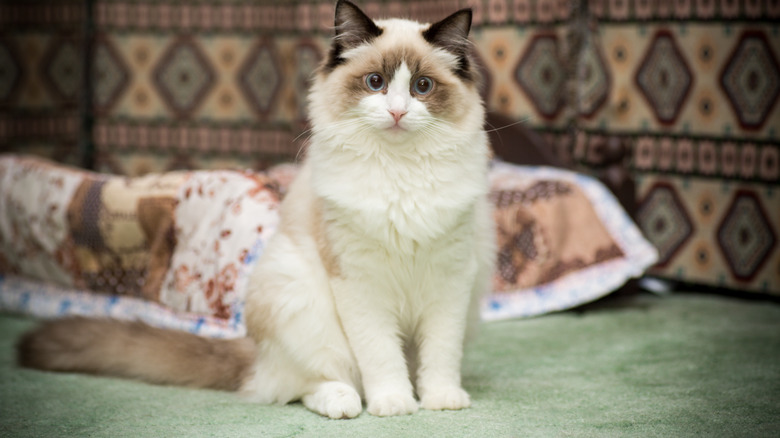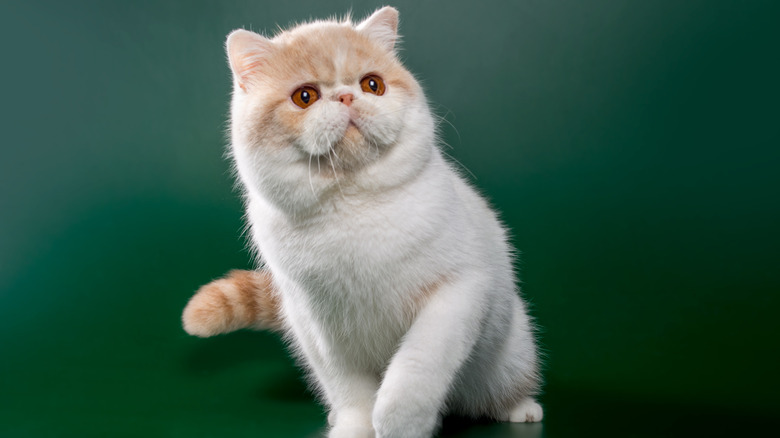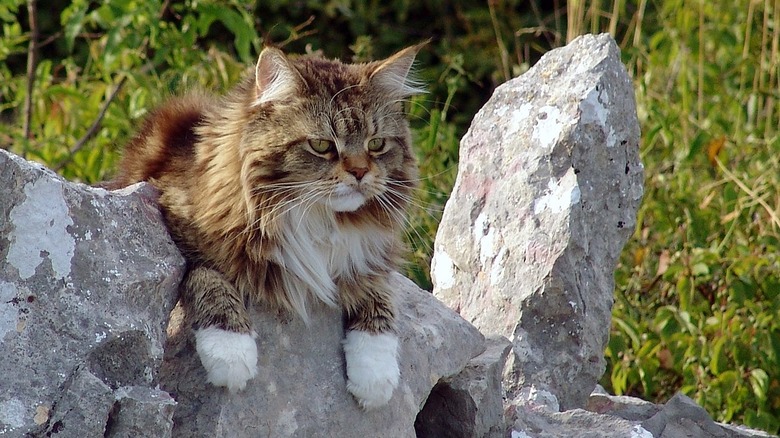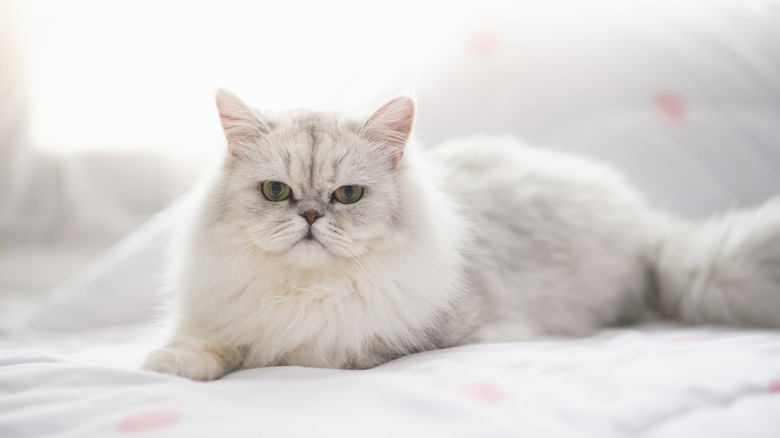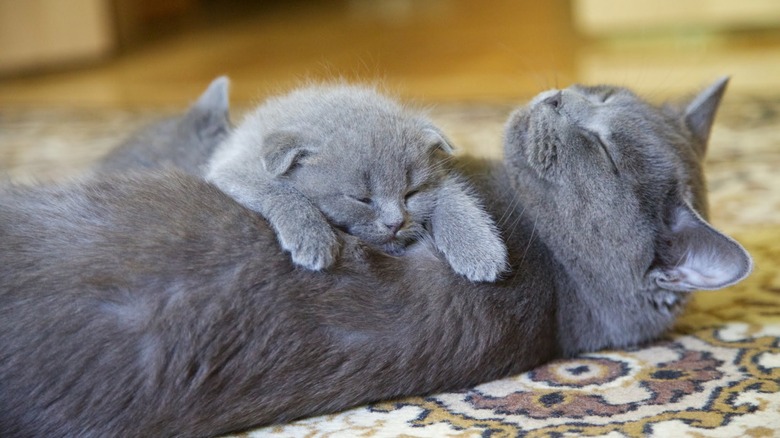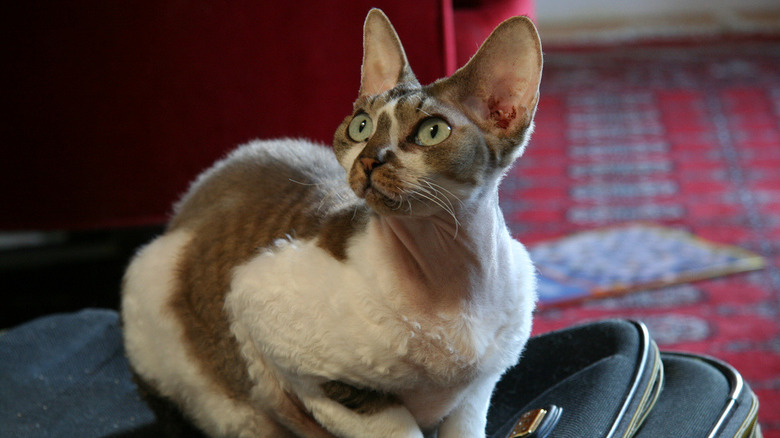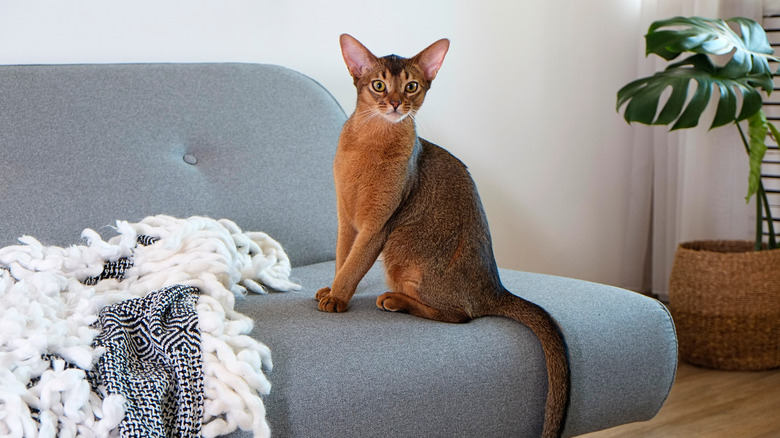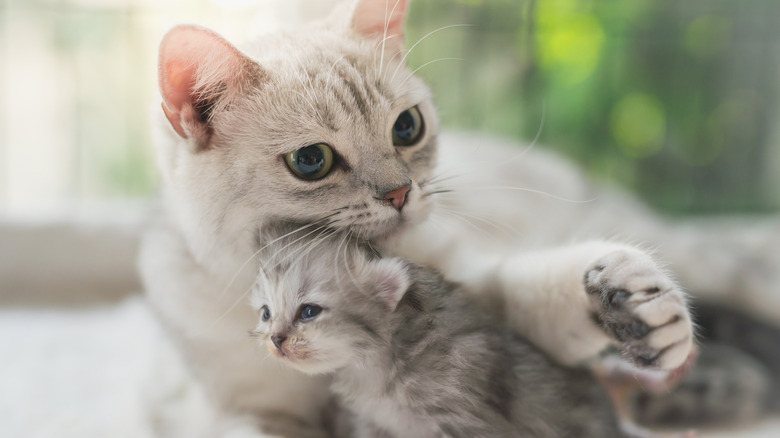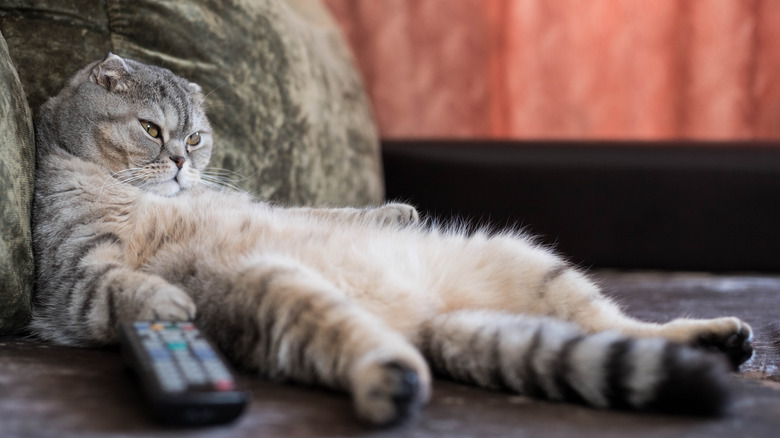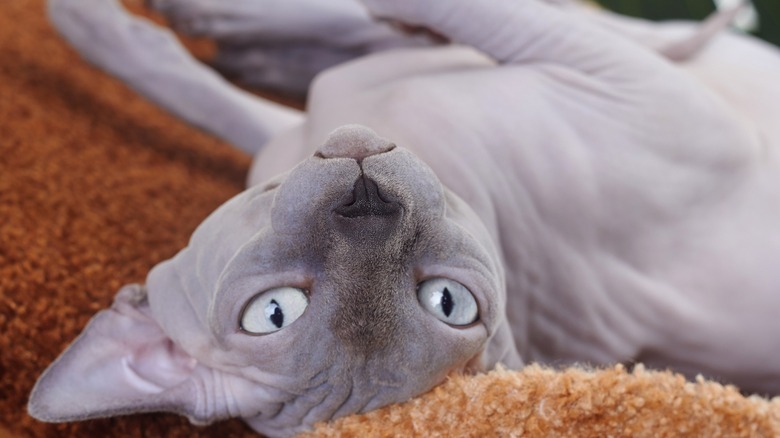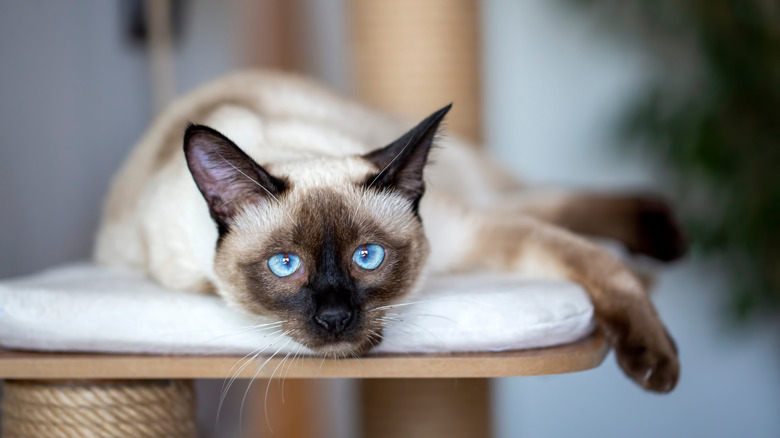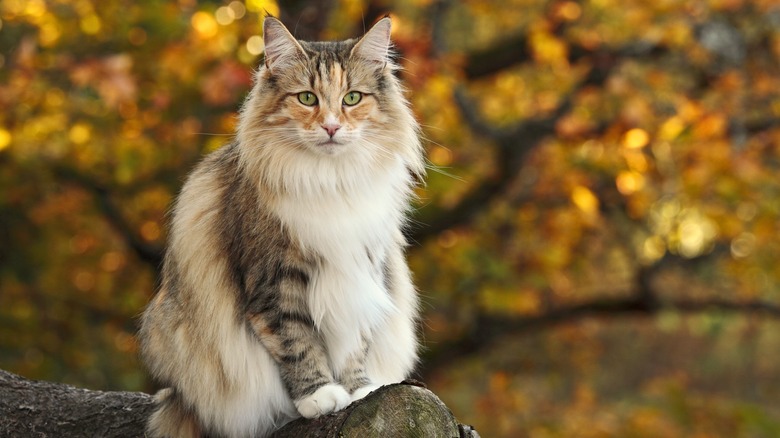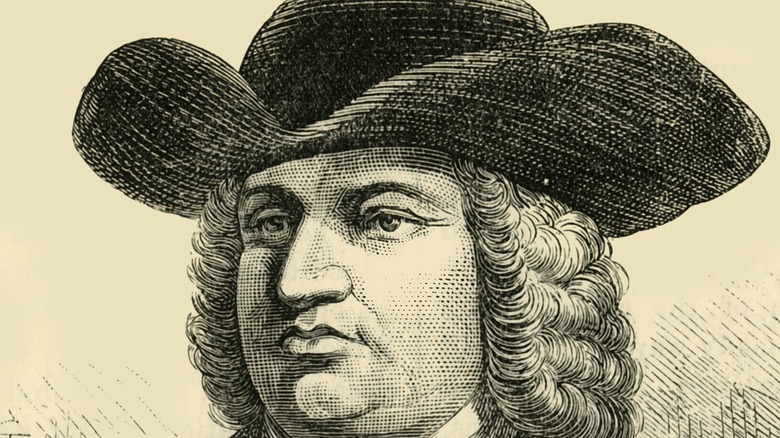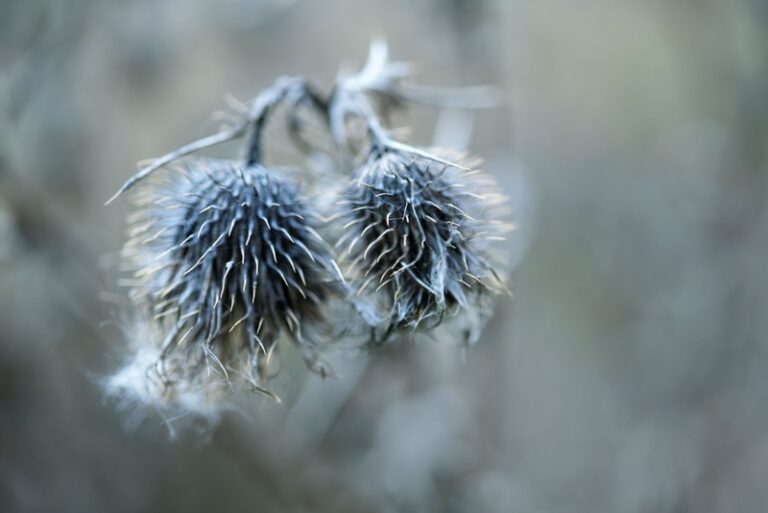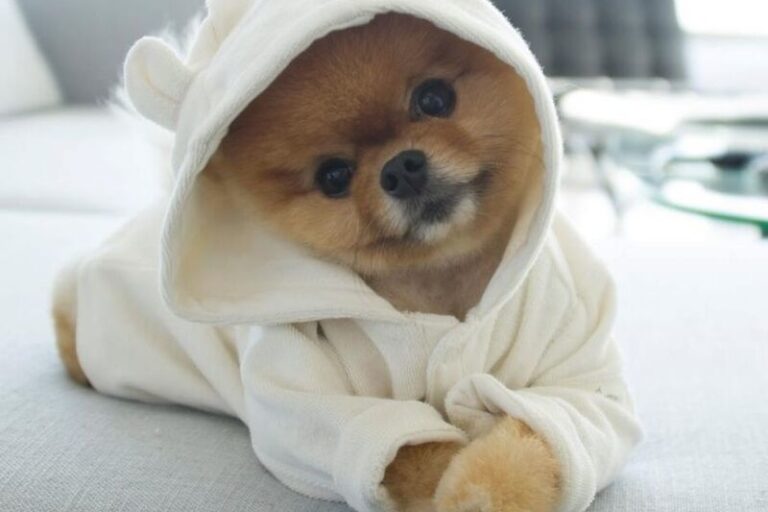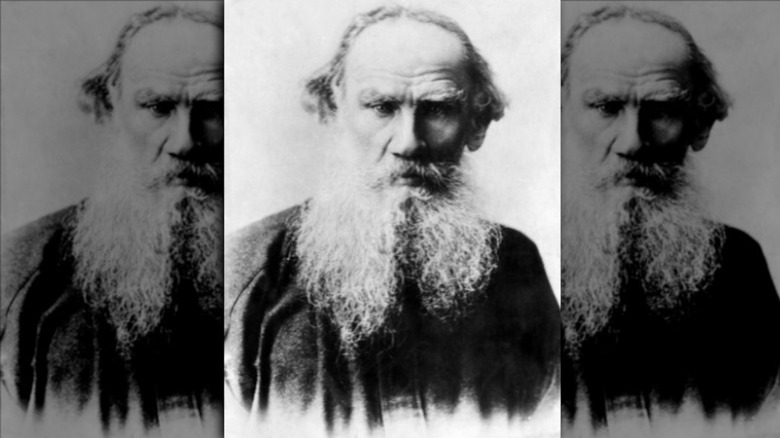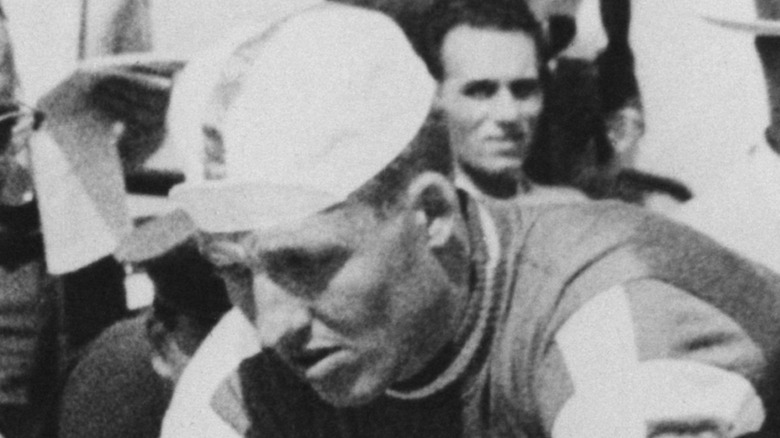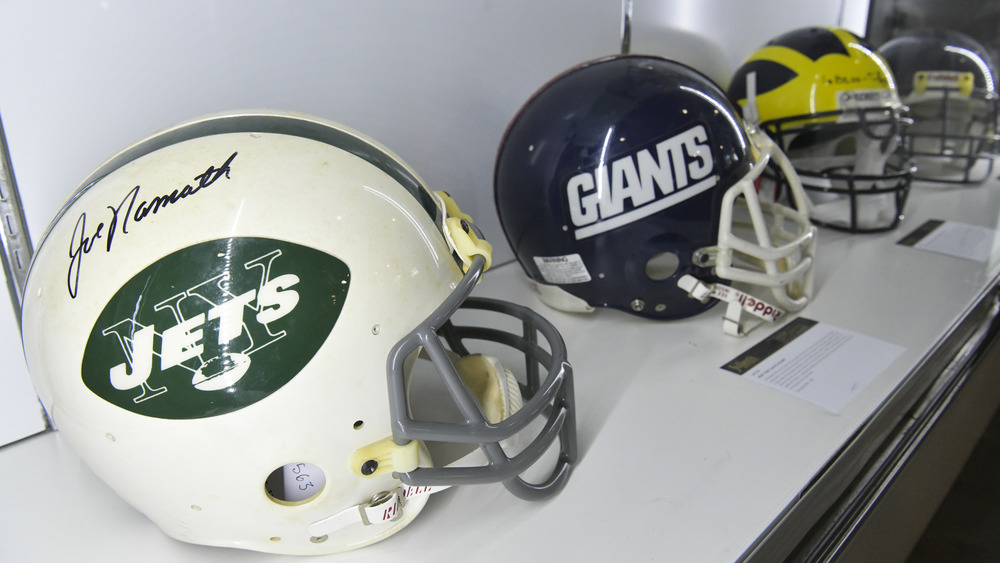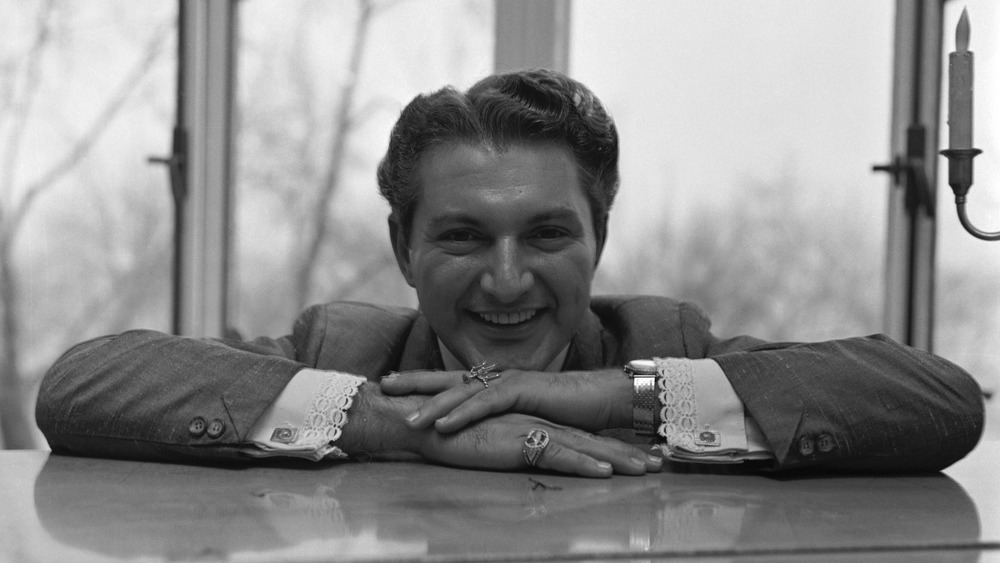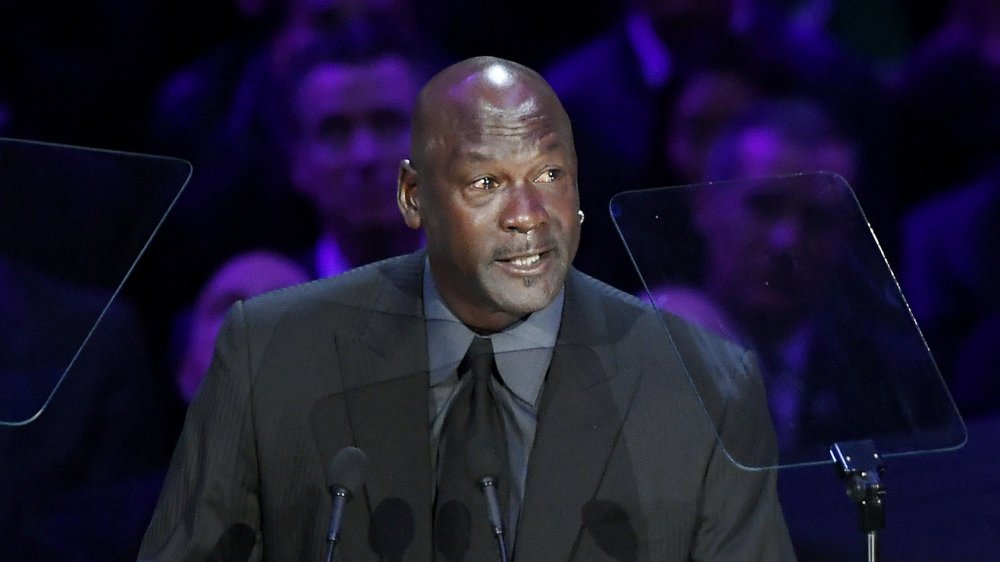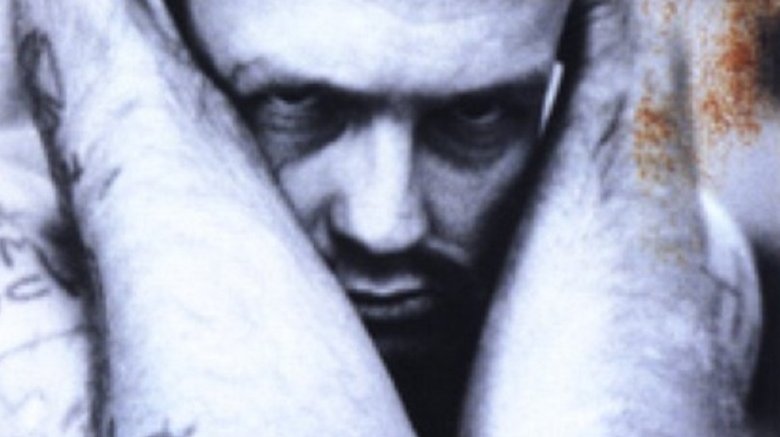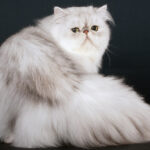
Most Popular Cat Breeds In The World
Cats are the most popular pet in the world. According to HowStuffWorks, the estimates on the number of domestic cats worldwide range from 250 to 600 million. In the United States alone, over 25% of households own at least one cat according to the AVMA. Most of these cats are mixed breed cats, but a good number of these felines are purebred.
The Cat Fanciers’ Association (CFA) is one of the largest cat owner registries in the world. Based in the United States but also operating out of Japan, Canada, and Europe, it annually surveys its registry to see what are people’s most popular breed choices. The list is fluid — for example in 2020 the Ragdoll topped the list, while in 2016 it was the Exotic — but the breeds that have appeared on the list over the last decade have been remarkably similar. So let’s take a look at the most popular cat breeds in the world. Cute images are guaranteed!
The Ragdoll is at the center of urban legends
Semi-longhaired, with bright blue eyes, the Ragdoll has consistently captivated cat-owners for the past several years. This breed has been named the CFA’s most popular breed in 2017, 2018, 2019, and 2020. Indeed, this purebred feline dynasty shows no signs of slowing down.
This dominance is fairly new since the Ragdoll, according to CFA, was first bred in the 1960s by Ann Baker of Riverside, California. The founder of the Ragdoll breed was a longhaired, white, domestic cat named Josephine whose progeny all had endearing qualities. Baker took these litters and bred a breed that would thunder across the feline world.
So what are the qualities of these popular cats? Affectionate, playful cuteness with deep liking for human contact pretty much sums it up. Ragdolls will follow their owners from room to room and have no problem flopping on you for a nap.
Their passive nature is captured in an urban legend provided by Joanne Mattern’s “The Ragdoll Cat.” The story goes that a car accident caused a brain injury to the founding Ragdoll, which resulted in her acquiring a docile personality, even going limp like a ragdoll when held. She then imparted this personality on her descendents. This isn’t the true story, but it does demonstrate how this breed has captured the imagination of feline fanciers.
The Exotic is a cross between a Persian and a shorthair
Their squashy faces, quiet disposition, and mellow attitude have endeared many cat lovers to the Exotic. This cat breed, as explained by the Cat Breeds Encyclopedia is definitely an indoor cat meant for apartment life — or cat championships! According to the CFA, it was the second most popular cat breed in 2020.
The Exotic’s history is not that exotic. Like the Ragdoll, it is a relatively new breed, and it came about from breeding American and British shorthairs with long-haired Persians in the 1960s. The result, as described by the CFA, is a breed that has all the characteristics of a Persian, but with a more managable plush, short-haired coat. Just like Persians, Exotics are mellow, but they also enjoy some play time.
While all this sounds great, the development of the breed has created certain medical issues with Exotics. Because of their large head shape, most Exotics are delivered through Cesarean section. This makes purchasing an Exotic an expensive proposition. In addition, because of that head shape, “Medical, Genetic, and Behavioral Risk Factors of the Top 13 Cat Breeds” states that this breed is susceptible to undershot jaws, airway obstruction, chronic sinus infections, and eye occlusions.
The Maine Coon may have a Viking lineage
The Maine Coon is one of if not the world’s largest domestic cat breed, and also perennially one of the most popular. The CFA placed it as the third most popular cat breed in 2020. Their long shaggy coats are reminiscent of lynxes and they seem a world away in looks from Exotics or Persians.
As explained by “The Maine Coon Cat,” this breed of cat is a native North American long-haired cat breed. Legend has it that Marie Antoinette sent six pet cats to Maine with her belongings in a plan to escape to New England during the French Revolution. In truth, most breeders believe that this cat is a combination of short-haired American cats breeding with longhairs brought from overseas, perhaps even cats brought by the Vikings, which may have given rise to the also popular Norwegian Forest Cat.
“Medical, Genetic, and Behavioral Risk Factors of the Top 13 Cat Breeds” notes that adult male Main Coons can reach up to 20 pounds and are great rodent catchers. But for all their size, Maine Coons are very friendly. So impressive are these gentle giants that according to the feline historical association, a Maine Coon won Best in Show at one of the first and most prestigious cat shows in the United States at Madison Square Garden in May 1895.
Persians have been popular for centuries
With their squashy faces and long fur, Persian cats have been popular since ancient times. According to “Legacy of the Cat,” when and where this luxuriant breed originated is not clearly known. Experts state that it first definitely appeared in Europe in the 1700s, but suspect that is has an older origin ,with appearances in Italy going back to the 1500s. The CFA even reports that there is hieroglyphic evidence of Persians going back to 1684 B.C.
This cat breed was first exhibited in Britain in 1871, and since then its popularity as a purebred has increased so that associations such as the CFA have divided the breed into multiple divisions. In 2020, the CFA placed it as the fourth most popular breed of cat.
Since the breed has developed over centuries, Persians are very much inclined for companionship. Considered mellow and sweet, they are considered ideal house cats. This breed is subject to health problems, however. Inbreeding has caused extreme facial features in purebreds, and as explained by the Cats Breeds Encyclopedia, Persians may have breathing, eye, and tooth problems. In some cases, there may even be issues with the cat’s brain.
British Shorthairs almost went extinct
The origins of the British shorthair go back to ancient times, when Roman soldiers first brought cats to northern Europe. According to “Ultimate Cat,” British Shorthairs were essentially street cats that bred with whatever local cats they encountered. However, by the late 19th century, demand for the breed exploded and they ended up becoming show cats. In 2020, the CFA placed it as the fifth most popular breed of cat.
The main way to tell the difference between a British Shorthair and other shorthair breeds is its round head and its ever-present grin. Perhaps it is this smile which endeared the cat to Lewis Carrol, who modeled his Cheshire Cat on the British shorthair, according to the “Veterinary Medical Guide to Dog and Cat Breeds.” Today, the British shorthair is the national cat of the British Isles.
At one time, British Shorthairs were in short supply. In fact, the breed almost became extinct after World War II, and breeders were forced to breed them with other breeds to ensure genetic diversity. According to the CFA, these cats are very affectionate, easygoing, and can be clumsy, but have no breed-specific health problems.
The Devon Rex is a Muppet of a cat breed
The Devon Rex is such a unique looking cat that it seems it could have only been conjured from the imagination of Jim Henson. However, it works. From its overlarge ears to curly fur, the Devon Rex is a fun and cute cat.
As explained by “Ultimate Cat,” this breed was developed in Devon, UK in 1960 from a kitten named Kirlee, who had developed a unique curly coat. At first, the breed was confused with the also popular Cornish Rex, but analysis showed them to be two different breeds.
According to “Legacy of the Cat,” the Devon Rex first arrived in the United States in 1968, and quickly became ubiquitous in cat shows. It is perennially on the CFA‘s list of most popular breeds, taking the sixth spot in 2020.
Physically, the Devon Rex has some unique characteristics. It is reportedly a hot-bodied cat compared to other cats, so owners who aren’t in the know might think their pet is ill. Also, due to inbreeding, this cat is subject to blood-clotting disorders, spasms, and slipped knee caps. However, healthy individuals make great family cats, although they have ravenous appetites.
Abyssinians were popular even in ancient Egypt
One of the oldest breeds of cat in the world is one of the most popular. The Abyssinian came in seventh in the CFA‘s list of popular cats in 2020, and still retains a look that makes it comparable to the domestic cat’s wildcat ancestors. “Understanding Your Abyssinian Cats Behavior” reports that their long lines and stately grace has led some to call these cats “runway models.” As explained by the CFA, ancient Egyptian sculptures and paintings of cats look much like modern Abyssinians.
But are Abyssinians truly the direct scions of the pharaoh’s cats? Probably not. The name Abyssinian refers to Ethiopia, but the breed was only called that in the 19th century, after the British imported the breed from that country, according to “Understanding Your Abyssinian Cats Behavior.” The CFA reports that genetically, it seems that the breed comes from the coasts adjacent to the Indian Ocean and Southeast Asia.
These cats also differentiate themselves from other domestic cats by their reputed intelligence. And while they are certainly people friendly and highly active, they are not ones to submit to sitting on your lap.
American Shorthairs often look like other shorthaired cats
One consistently popular breed is the American Shorthair. At first blush, the American Shorthair may seem ho-hum, since it is very similar in appearance to other mixed-breed shorthaired cats. However, according to “Ultimate Cat,” this breed has won over people around the world through its gentle disposition, and it took eighth place in the CFA‘s list in 2020.
The American Shorthair is often confused with domestic shorthairs, which are similar in appearance. However, in the cat fancier world, the American Shorthair is a registered breed, while domestic shorthairs are simply any cat with short hair. It is a trifle confusing since this breed has over 80 recognized colors and patterns.
American Shorthairs arrived in North America with European settlers in the 1600s. Throughout its history, it was largely ignored by show breeders, who preferred working with the likes of more exotic looking cats such as the Maine Coon. Ironically, the first individual cat registered as an American Shorthair in the United States was an orange tabby that was imported from Britain in 1901. Since then, breeders have experimented with the American Shorthair more than other breeds, introducing other shorthairs into the line to provide varieties of colors and patterns.
Scottish Folds were originally call Flops
Scottish Folds are known worldwide as the breed with the floppy ears. According to “Domestic Cats: Their History, Breeds and Other Facts,” they came from a white barn cat named Susie, who lived near Coupar Angus in Perthshire, Scotland in 1961. They were originally nicknamed Flops, but was formally named Scottish Folds in 1966. The breed is also sometimes known as the Coupari by Canadian breeders. The breed was granted championship status by the CFA in 1978, and in 2020 it took ninth place on the organization’s list of most popular cats.
Scottish Folds’ most distinctive feature are their ears, which folds forward and downward. This creates a round and frankly Instagramable appearance. The unique feature is caused by a gene that impacts the cartilage of the cat’s ears.
As an added bonus to their cuteness, Scottish Folds are considered friendly and mellow, making excellent family pets. Interestingly, not all Scottish Folds have the floppy ear. The breed comes in two varieties: those with straight ears (i.e. normal ears) and folded ears. Scottish Folds are also known for resting on their backs, something that is called the Buddha position.
Dr. Evil's cat was a Sphynx
When people think of the Sphynx cat, they often picture the hairless cat named Mr. Bigglesworth from the Austin Powers movies. Mr. Bigglesworth was indeed a Sphynx, meant to stand in for the original white Persian, which in the storyline lost all its hair after troubles with a cryogenic thawing process. However, Sphynxes actually do have hair.
According to “Medical, Genetic, and Behavioral Risk Factors of Sphynx Cats,” Sphynxes have a down of fur that is the texture of suede. Sometimes this fur is so fine that it is impossible to see or feel. Yet it is present. One question that inevitably comes up about Sphynxes is, “Aren’t they cold without their fur?” The answer to this is provided by the CFA, which says that if a human is cold in an environment, so too would be a Sphynx. However, this intelligent breed knows how to seek out warm places and enjoys snuggling with humans.
The Sphynx’s first appearance was in 1966, when a hairless kitten was born to a domestic cat in Ontario, Canada. While at first it was granted breed status, according to “Medical, Genetic, and Behavioral Risk Factors of Sphynx Cats,” due to inbreeding and health issues, this was withdrawn. However, further breeding efforts between hairless Persians to Devon Rexes resulted in a new version of the breed, which was granted championship status in 2002. The breed is relatively rare, but is extremely popular, being listed on the CFA‘s most popular breed list every year and taking tenth place in 2020.
Siamese cats once were guardians of temples
The Siamese cat has been a popular breed for centuries. According to “Medical, Genetic, and Behavioral Risk Factors of the Top 13 Cat Breeds,” documentation of the Siamese goes back to 1350, when they were documented in “The Cat Poems Book” in Siam. These cats were considered royalty and guardians of Buddhist temples. Because of the veneration given to this breed, they were not exported from the country for centuries. It was only in 1878, when the American Consul to Bangkok sent a Siamese to First Lady Lucy Webb Hayes that the breed arrived in the United States. From that point, the Siamese spread through the world, steadily gaining popularity.
Siamese are noted for their vivid blue eyes, how they “talk,” and their dog-like affection. In fact, they are one of the noisiest of breeds, with a wide range of vocalizations including a “penetrating mating call,” as described by Britannica. The shape and behavior of the Siamese is so unique that, according to “The Ultimate Guide to Cat Breeds,” the breed has been used to develop other popular breeds, such as the Oriental. the Siamese most recently made the CFA’s top 10 list in 2015.
The Norwegian Forest Cat really looks wild
Last on our list is a breed that looks like it might be best suited for the icy wilds of the far north. This is the semi-long haired, lynx-like Norwegian Forest Cat. As described by the CFA, this breed is called the Skogkatt in its native Norway.
These large cats (adult males can weigh up to 16 pounds) are believed to have medieval origins. “Breeding Traits and Hereditary Disorders of the Norwegian Forest Cat During Breed Development” reports that it is believed that this breed goes back to the Norse, who returned to Scandinavia in the 1000s with English longhairs and shorthairs that bred with Norwegian farm cats. It is also thought that at some point, Turkish Angora cats contributed to this breed.
With their looks, they are often confused with the Maine Coon, however, they are a separate breed. They are lovers of the outdoors and are excellent rodent hunters. They are able to live on their own independently as a result. Still, they enjoy human company and the CFA describes them as homebodies that enjoy the company of other pets as well as humans.
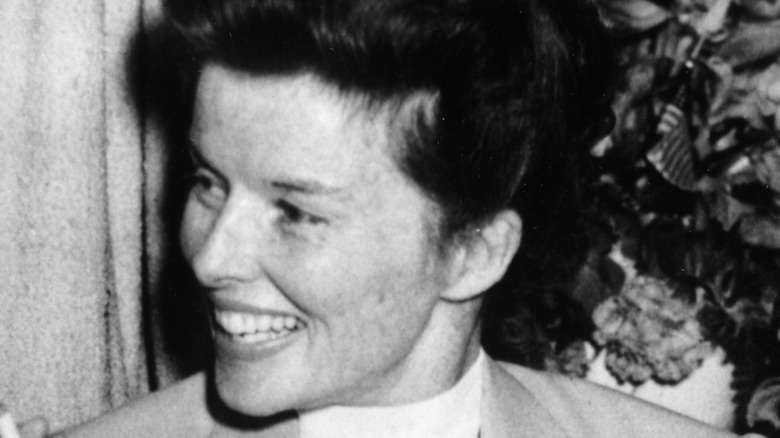
The Real Reason Katharine Hepburn Hated Nudity
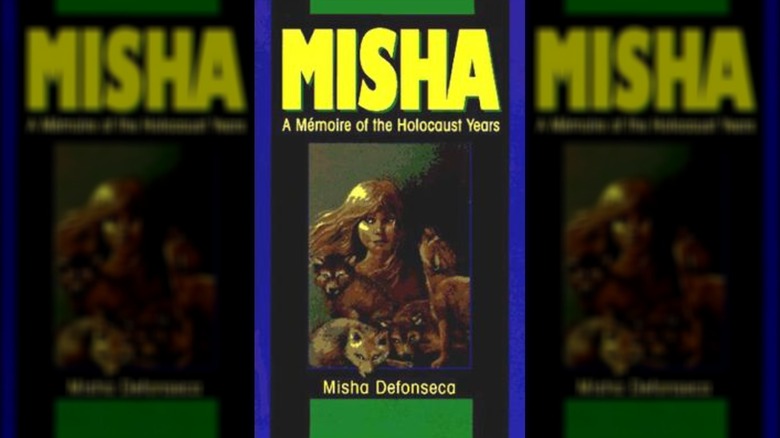
This Is How Fake Holocaust Survivor Misha Defonseca Was Caught
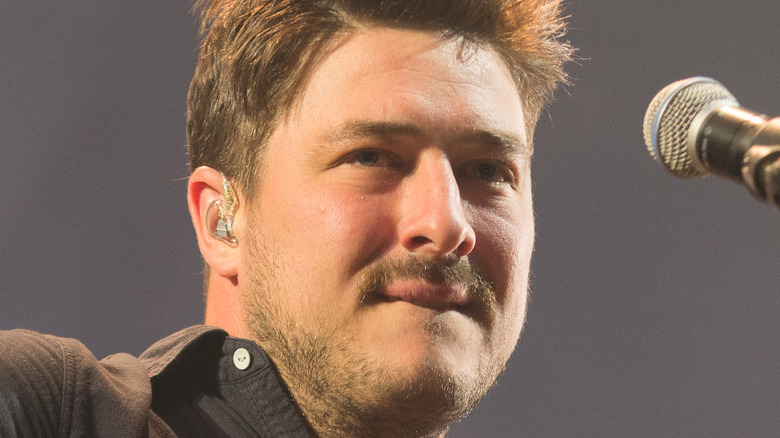
The Untold Truth Of Mumford & Sons

The Surprising Items Roald Dahl Is Buried With

Courtney Love Comes For Olivia Rodrigo After 'Theft'
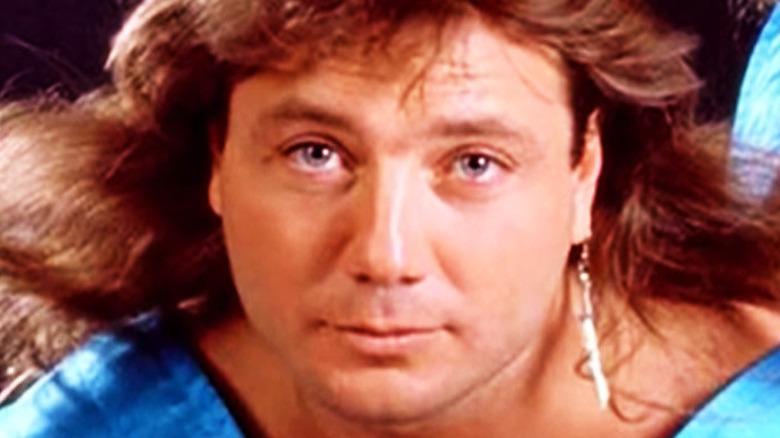
The Sad Truth Of Wrestler Marty Jannetty
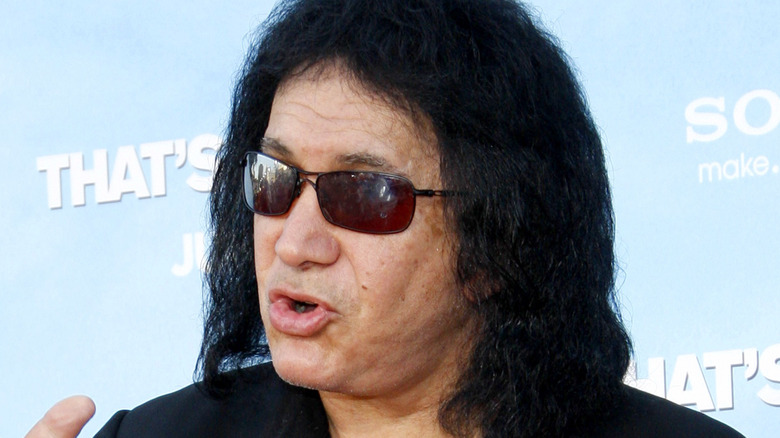
A Look At Gene Simmons' Childhood
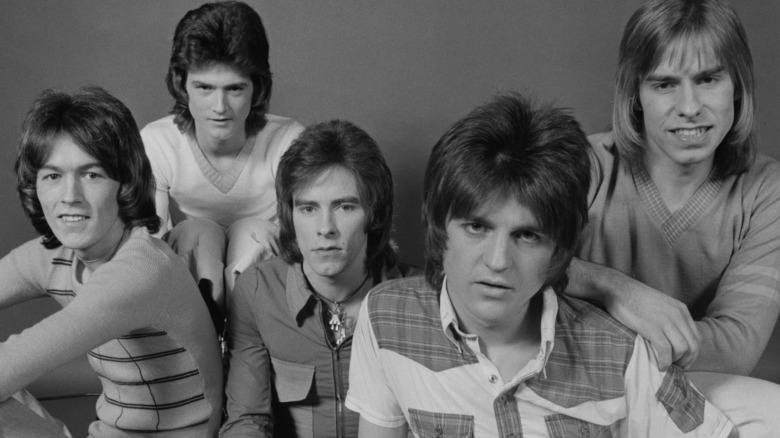
The Untold Truth Of The Bay City Rollers
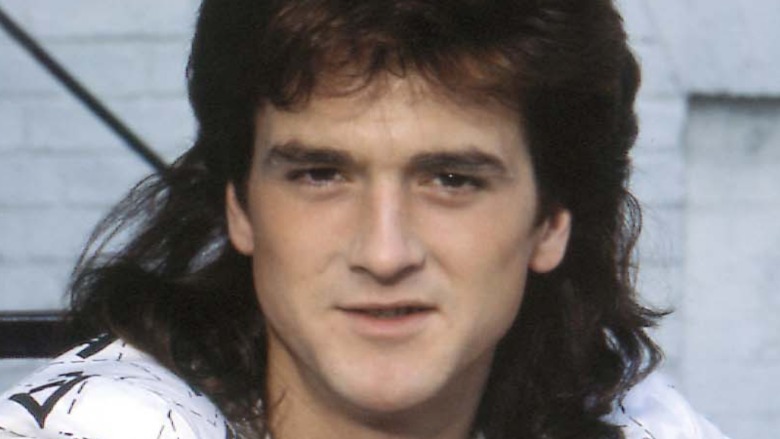
What Was Les McKeown's Net Worth When He Died?

Young Rock: Did A Homeless Man Really Die In Dwayne Johnson's Car?
